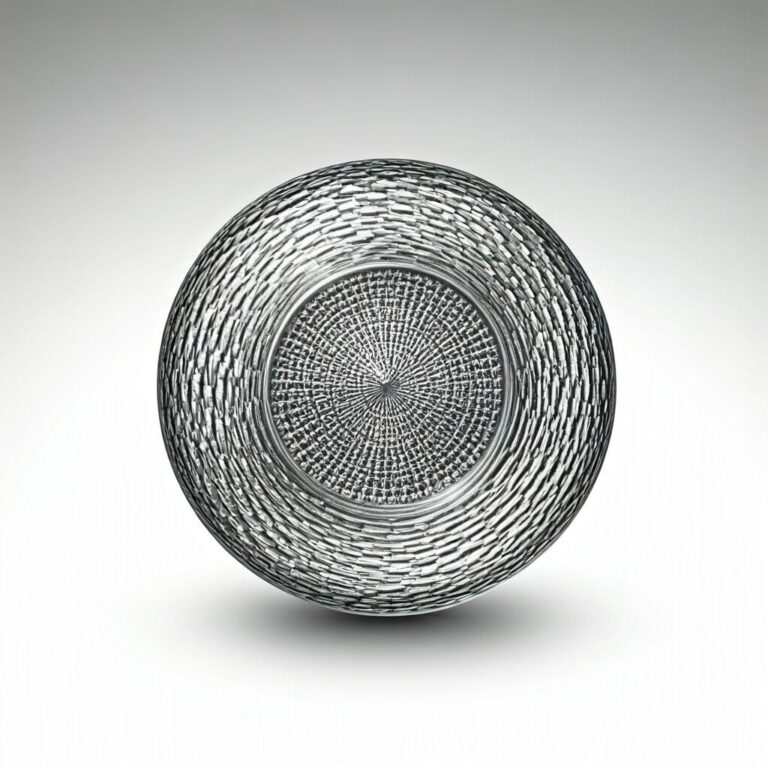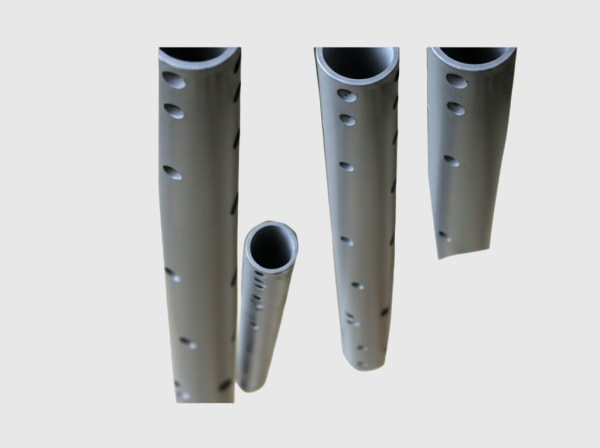Product Overview and 2025 Market Relevance
System-level thermal simulation and lifetime assessment tools are essential to translate the promise of silicon carbide (SiC) into field-proven performance for Pakistan’s textile, cement, steel, and emerging industrial sectors. These tools integrate power-loss modeling, 3D thermal networks, and physics-of-failure (PoF) lifetime models to predict temperatures, stresses, and reliability across real operating conditions—known as mission profiles. For BESS PCS and MV inverters facing 45–50°C ambient temperatures, dust-limited airflow, and weak 11–33 kV feeders, accurate digital prediction reduces design cycles, speeds grid acceptance, and safeguards ROI.
Key 2025 drivers:
- High efficiency and density targets (≥98% efficiency, 1.8–2.2× power density) demand compact cooling and high-frequency operation (50–200 kHz), leaving little margin for thermal mistakes.
- Grid volatility (sags/swells, weak short-circuit ratios) inserts dynamic thermal stresses; mission-profile modeling captures these events, informing safe derating and protection.
- Localization and rapid deployment in Pakistan require virtual prototypes and parameter packs to minimize costly on-site tuning and rework.
Sicarb Tech’s toolchain couples electro-thermal co-simulation (SiC device loss, LCL filter, magnetics), CFD/FEA thermal models, and lifetime predictors (Coffin–Manson, Norris–Landzberg, rainflow counting on ΔTj and ΔTb) with digital twins that ingest field telemetry for continuous model refinement.

Technical Specifications and Advanced Features
- Electro-thermal modeling
- SiC device loss models: LUT/analytical models versus current, voltage, temperature, and switching frequency (50–200 kHz)
- Converter-level co-simulation: Inverter, DC/DC, LCL filter, transformer coupling, and control impacts (dv/dt, active damping)
- Thermal networks: Reduced-order RC networks linked to 3D CFD/FEA for fast yet accurate predictions
- Mission-profile engine
- Profile inputs: Load cycles for peak shaving/valley filling, grid events (FRT, sags/swells), ambient/altitude, and dust derating factors
- Rainflow counting and cycle binning for ΔTj, ΔTb, and capacitor RMS current to generate damage equivalence
- Lifetime prediction
- Packaging models: Ag-sinter and solder fatigue (Coffin–Manson), wire/ribbon bond lift-off, substrate cracking risk (Si3N4 vs AlN)
- Magnetics/capacitor aging: Core loss thermal aging, film capacitor ESR rise and life estimation versus hotspot temperature
- Electronics reliability: Arrhenius-based predictions for gate-driver components under high humidity/temperature
- Digital twin integration
- Telemetry ingestion: Tj proxy from NTC/RTD, coolant temperature/flow, fan speed, dust filter ΔP, grid PQ data
- Model calibration: Bayesian updates to align models with field data; threshold adaptation for predictive maintenance
- Usability and deployment
- Parameter packs for Pakistan’s MV feeders and common PCS ratings (100 kW–2 MW)
- Interfaces: FMI/FMU export, CSV/JSON data exchange, and APIs for SCADA/MES
- Compliance pathways: Documentation outputs for utility interconnection, efficiency, and thermal safety reviews
Comparison: Mission-Profile Thermal-Lifetime Tools vs Traditional Static Design Methods
| Criterion | Mission-profile thermal and lifetime tools | Traditional static thermal spreadsheets |
|---|---|---|
| Accuracy under dynamic loads | High: accounts for sags, cycling, reactive support | Low: assumes steady-state; misses transients |
| Design cycle time | Faster iterations via virtual prototypes | Slower due to build–test loops |
| Reliability prediction | Physics-of-failure models with rainflow | Limited safety margins; guesswork |
| Field performance alignment | Digital twin feedback refines predictions | No live calibration; drift over time |
| Impact on ROI | Reduces overdesign and failures; speeds approvals | Higher rework risk; longer commissioning |
Key Advantages and Proven Benefits with Expert Quote
- Confident compact designs: Predictive hot-spot control supports ≥98% PCS efficiency and >30% cooling volume reduction without compromising lifetime.
- Faster commissioning: Parameter packs for active damping and thermal derating reduce on-site tuning and utility test iterations.
- Lower lifecycle cost: Early detection of weak links (e.g., capacitor hotspots, bond fatigue) and PM schedules reduce unplanned downtime.
Expert perspective:
“Mission-profile-based electro-thermal simulation is vital for wide bandgap converters, where higher switching frequencies and compact packaging increase sensitivity to thermal transients.” — IEEE Power Electronics Magazine, electro-thermal design best practices (https://ieeexplore.ieee.org)
Real-World Applications and Measurable Success Stories
- Punjab 2 MW/4 MWh PCS: Mission-profile modeling predicted ΔTj distributions during peak-shaving and feeder sags; design changes (cold-plate channeling and LCL tuning) cut peak Tj by ~11°C and improved round-trip efficiency by ~0.7%. Commissioning time dropped 25–30%.
- Textile VFD bank in Sindh: Thermal-lifetime assessment flagged capacitor bank hotspots; A redesign with higher ripple-rated film capacitors extended expected service life by ~3–5 years at 50°C ambient.
- MV inverter pilot in southern Pakistan: Digital twin calibration reduced nuisance derating by 40% in summer, enabling stable FRT response and first-pass grid compliance.
Selection and Maintenance Considerations
- Model fidelity
- Use device-specific loss data and thermal impedance curves; include substrate (Si3N4/AlN) and Ag-sinter properties.
- Boundary conditions
- Reflect 45–50°C ambient, dust-related airflow reduction, and coolant flow tolerances; include altitude effects where relevant.
- Damping and control
- Co-model active damping, PLL bandwidth, and droop settings to capture thermal impacts during grid events.
- Validation plan
- Correlate model with double-pulse tests, thermal camera/IR scans, and on-rack NTC/RTD logs; update models quarterly.
- Maintenance tie-in
- Convert ΔTj cycle counts and capacitor hotspot logs into PM schedules; set alarms for deviation from baseline thermal signatures.
Industry Success Factors and Customer Testimonials
- Cross-functional workflow connecting device, thermal, and control teams is crucial for accurate mission profiles and stable high-frequency operation.
- Standardized parameter packs accelerate replication across multiple plants and utilities.
Customer feedback:
“The mission-profile twin told us where heat really lived. We right-sized the cooler and passed MV interconnection without last-minute changes.” — Engineering Director, Pakistan ESS integrator
Future Innovations and Market Trends
- AI-assisted model reduction to deliver real-time thermal limits into gate-drive and main control for adaptive derating
- Embedded junction temperature estimation via gate-drive telemetry and physics-informed neural networks
- Automated compliance reports for evolving utility THD and FRT standards
- Localization: establishing simulation and test competence centers in Pakistan with HIL and calorimetry labs
Common Questions and Expert Answers
- How detailed should our mission profile be?
Include seasonal ambient variation, load cycles (peak/valley), grid sags/swells, and maintenance-related airflow reductions to capture realistic ΔTj. - Do we need 3D CFD for every iteration?
Use 3D CFD/FEA to build reduced-order thermal networks, then iterate rapidly with compact models tied to loss LUTs. - How do we estimate lifetime of Ag-sinter joints?
Apply Coffin–Manson with ΔTj cycles and calibrated material constants; include dwell-time modifiers for high ambient. - Can the tool help with active damping settings?
Yes. Co-simulation with control models shows resonance suppression vs heating trade-offs, guiding LCL design and controller gains. - How often should digital twins be recalibrated?
Quarterly or after major firmware/hardware updates; sooner if telemetry deviates from expected thermal signatures.
Why This Solution Works for Your Operations
Pakistan’s industrial environments push hardware to the limits. System-level thermal simulation and lifetime assessment with mission-profile modeling ensures SiC-based PCS and MV inverters reach ≥98% efficiency and long lifetimes without overdesign. By predicting ΔTj, hotspots, and component wear under real grid events and ambient extremes, you minimize commissioning risk, reduce maintenance, and deliver stable, compliant performance on volatile feeders.
Connect with Specialists for Custom Solutions
Accelerate your program with Sicarb Tech:
- 10+ years of SiC manufacturing and application engineering
- Backed by the Chinese Academy of Sciences for advanced modeling and materials insight
- Custom product development spanning R-SiC, SSiC, RBSiC, SiSiC, plus device, module, cooling, and control co-design
- Technology transfer and factory establishment services to build local capability in Pakistan
- Turnkey solutions from epitaxy and packaging to thermal simulation, HIL testing, and compliance documentation
- Proven results with 19+ enterprises achieving higher efficiency, reliability, and faster time-to-market
Request your free consultation to define mission profiles, build digital twins, and set reliability targets:
- Email: [email protected]
- Phone/WhatsApp: +86 133 6536 0038
Secure 2025–2026 co-design and validation slots to de-risk grid interconnection, optimize thermal design, and scale deployments across Pakistan’s industrial hubs.
Article Metadata
Last updated: 2025-09-10
Next scheduled update: 2026-01-15




